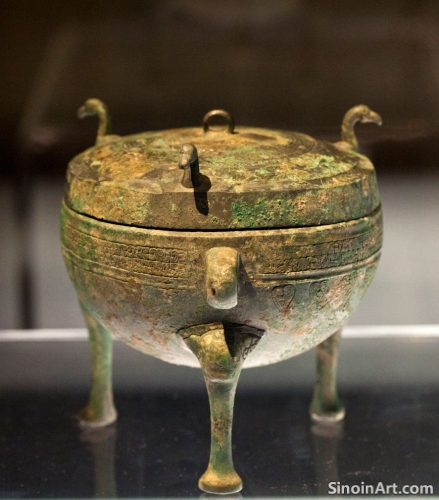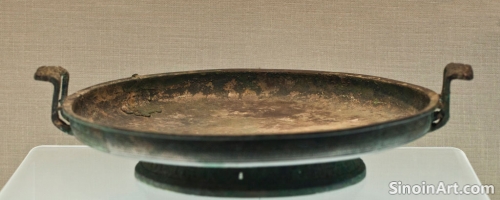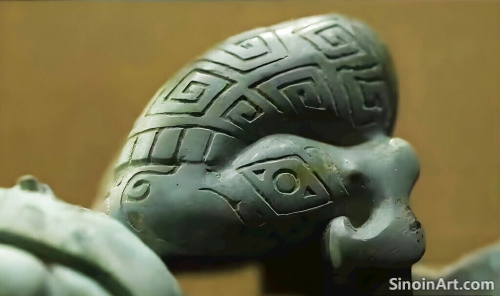Bronze Ware and the Development of Ancient Chinese Legal Codes: Recording Laws and Reinforcing Authority
|
While often associated with rituals and warfare, bronze also played a significant role in the development of ancient Chinese legal systems, used to create objects that displayed laws, regulations, and pronouncements, and to help legitimize the power of the ruling authority. The use of bronze for these purposes highlights the importance of both the written word and the need for tangible symbols of power and authority.  Bronze was used to create inscribed tablets, plaques, and vessels, which were then displayed in public spaces as a way of communicating the laws and policies of the government, creating readily visible displays of laws and pronouncements. The act of creating these public displays helped to enhance the power and authority of the ruling class. The presence of these written forms helped to create a sense of stability and continuity.  The durability and permanence of bronze was seen as an ideal way to record laws for future generations, emphasizing that these rules were not merely transient pronouncements but rather lasting principles of governance. The choice of bronze as a recording medium helped to legitimize the pronouncements they contained. The care and attention given to their design and layout further enhances their importance.  The inscriptions on these objects often included a combination of legal codes, moral precepts, and ideological principles, all designed to shape the behavior of the people and to maintain social order. The combination of law, morals, and social structure was a hallmark of ancient Chinese thought. The bronze objects served as a tangible manifestation of both political power and the overall culture of the era. The study of bronze ware and its connection to law reveals the close relationship between material culture, social control, and the development of legal systems in ancient China. The careful study of these artifacts helps to provide insight into the history of law and justice in ancient China. The use of these objects helped to codify and to legitimize the social and political order. |
Tag : bronze legal codes, ancient Chinese law, inscribed texts, legal authority, law preservation
Related information
- The Preservation of Bronze Ware: The Impact of Environmental Factors and Storage Conditions
- Bronze Ware and Ancient Chinese Trade Networks: Evidence of Cultural and Economic Exchange
- The Use of Bronze in Ancient Chinese Household Items: Beyond Ritual and Warfare
- Bronze Ware and the Development of Ancient Chinese Cartography: Maps and Measurement
- Bronze Ware and the Development of Ancient Chinese Ceramics: Form and Decoration
This article explores the impact of environmental factors and storage conditions on the preservation of Chinese bronze ware, highlighting the causes of corrosion, the role of humidity and pollutants, and the need for careful management of storage environments.
This article explores the role of bronze ware in ancient Chinese trade networks, highlighting the distribution of artifacts, the movement of raw materials, and the cultural and economic impact of these trading connections on the development of China.
This article explores the use of bronze in ancient Chinese household items, highlighting objects like mirrors, lamps, braziers, tools, and containers, and demonstrating how bronze enriched everyday life beyond ritual and warfare.
This article explores the use of bronze in ancient Chinese cartography, highlighting its role in creating surveying tools, measuring instruments, and other devices used in mapmaking, and demonstrating its importance in facilitating the creation of accurate geographical records.
This article explores the influence of bronze ware on the development of ancient Chinese ceramics, highlighting the replication of bronze forms and decorative patterns, the adaptation of metalworking techniques, and demonstrating the cross-pollination of these two art forms.